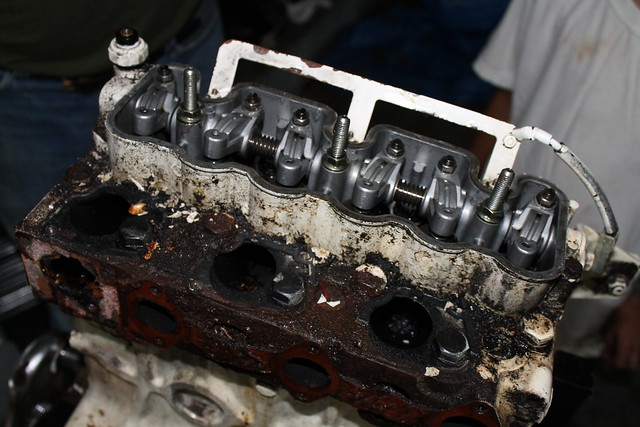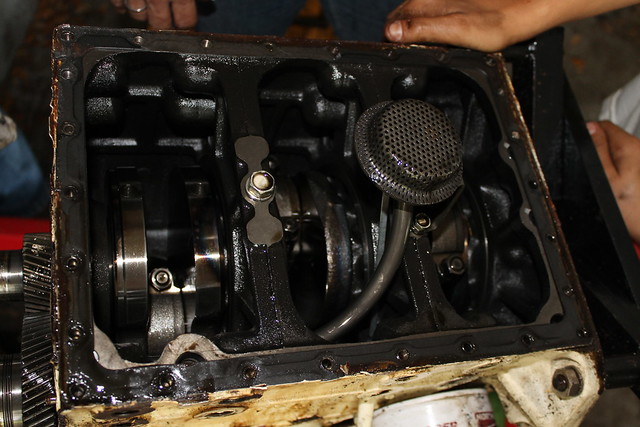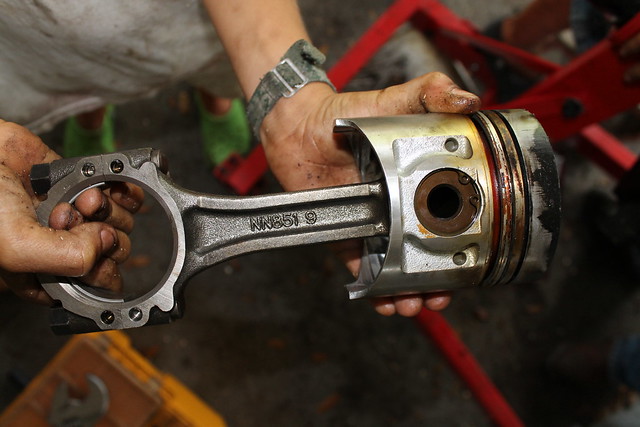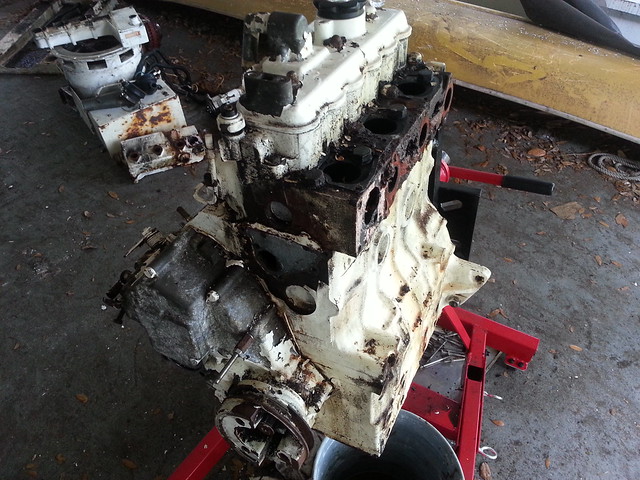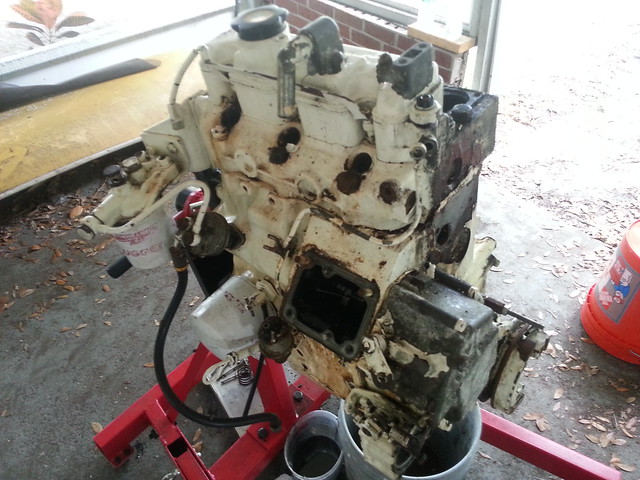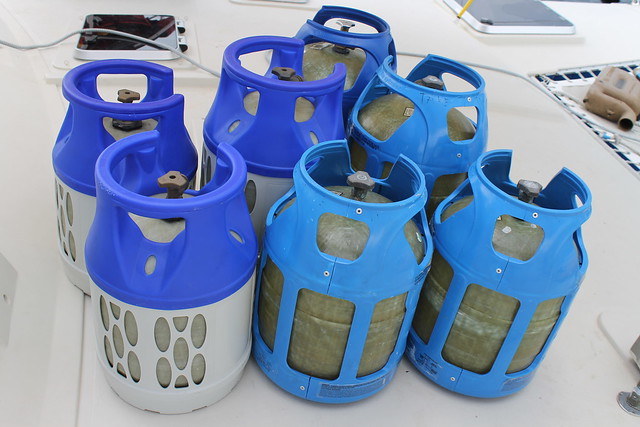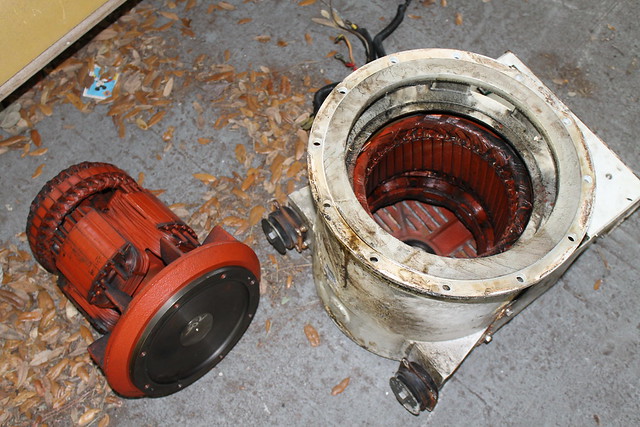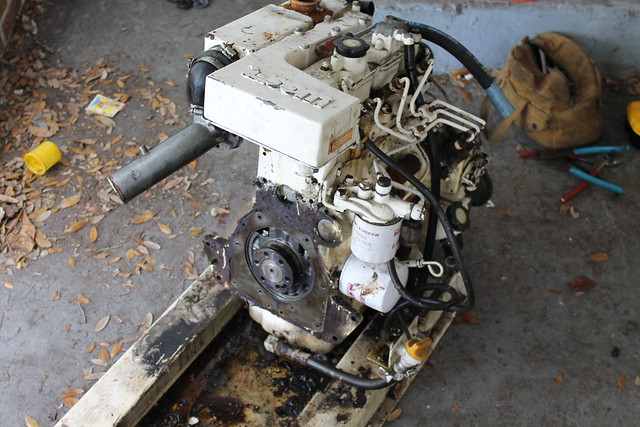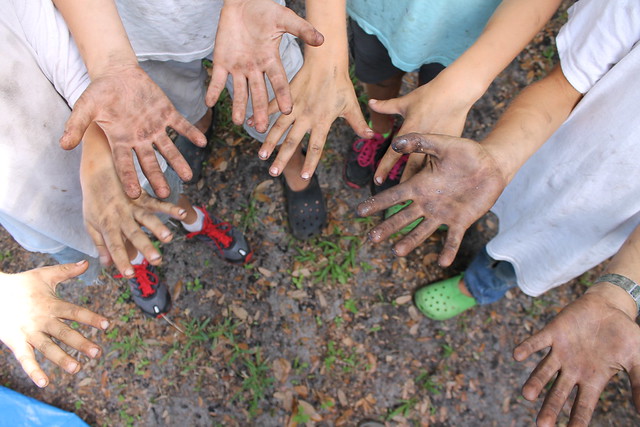Whenever I mention to someone new that I live on a boat with five children, their eyes bug out and they express amazement and incredulity. How could we possibly all fit inside a boat? And, assuming we could squeeze in like sardines, how could we possibly all get along with each other? Usually I can clear up the first question by saying that it’s a very big boat and that we can all carve out a private space if need be. To the second question, I say, tongue in cheek, that we are all very close.
While the boat sleeps eight comfortably, the settees around the salon table seat eight, and we have a pantry to store provisions for eight, the truth is that sometimes we don’t even have enough space for all seven personalities. We look at our physical proximity as an opportunity to practice mutual respect and conflict resolution skills; we have protocols for what to do if you ask someone to stop and they don’t, we aplogize and forgive each other, and make amends. But there’s no place you can go to be truly alone—except for when you untie the kayak and paddle off (maybe that’s why I like it so much).
One of our challenges is what to do with our older two boys as they get physically bigger. The dinghy, for example, gets smaller each year. Right now, each kid except Rachel has a roommate. That leaves a guest cabin empty (Jay sometimes uses it as an office). But there might be a lot of competition for that space if people start asking for their own rooms! A friend once suggested that we build an addition. We laughed at first, but the idea took root: what if we bought a second, smaller sailboat, and let the older kids begin to build some responsibility and independence as they learn to fix, live aboard, and cruise in their own boat?
Right now it’s just an idea. Our oldest turns twelve this summer, so we feel we have this window of opportunity to travel before we have to think about what comes next. As we rebuild our boat one piece at a time, and as the kids get more helpful, we get more and more confident about longer and harder passages. Though we’re living the life we imagined, we still have unmet cruising goals and lots of adventures to have while the children are young.
Do we fit in the boat? Sometimes. Better to ask, does the boat fit us? Absolutely and without a doubt.

